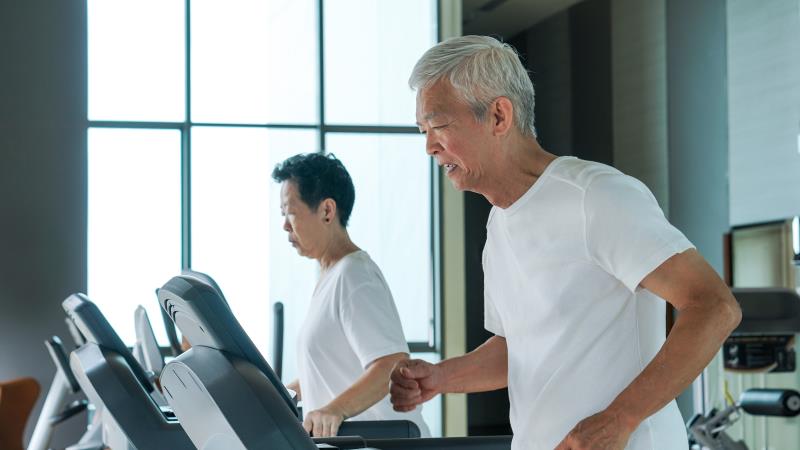
Passive body trunk exercise equipment (PBTE) yields similar levels of physical activity as light walking and may be helpful as a therapeutic exercise device for type 2 diabetes patients, a new study has shown.
The study included 20 type 2 diabetes patients (mean age, 64.2±13.1 years; 13 females) who were made to use the PBTE for 10 minutes, preceded and followed by 3 minutes of rest. Exercise intensity was assessed by oxygen consumption, as measured by an expiration gas analyser. Perceived exertion ratings for dyspnoea and lower limb fatigue were also collected, as were self-reported self-efficacy for continuing exercise.
During and after the exercise, participants reported no lower back pain, changes in vital signs necessitating exercise cessation or exercise-related adverse events.
Starting at the fourth minute of exercise, oxygen consumption steadily grew reaching a peak by the tenth minute (4 minutes, 6.6±2.4 mLkg–1min–1; 5 minutes, 6.8±2.5 mLkg–1min–1; 6 minutes, 7.2±2.2 mLkg–1min–1; 7 minutes, 7.2±3.6 mLkg–1min–1; 8 minutes, 7.2±4.0 mLkg–1min–1; 9 minutes: 7.1±4.3 mLkg–1min–1; 10 minutes: 7.4±4.3 mLkg–1min–1). The postexercise resting oxygen consumption was 4.0±0.7 mLkg–1min–1. These were all significantly greater than pre-exercise resting consumption (p<0.05).
Moreover, participants reported better exercise self-efficacy with the PBTE than with light walking.
“[T]his study suggests that, while exercise using the PBTE for patients with type 2 diabetes is low intensity, it may be used as a safe form of exercise by increasing the amount of physical activity,” researchers said.